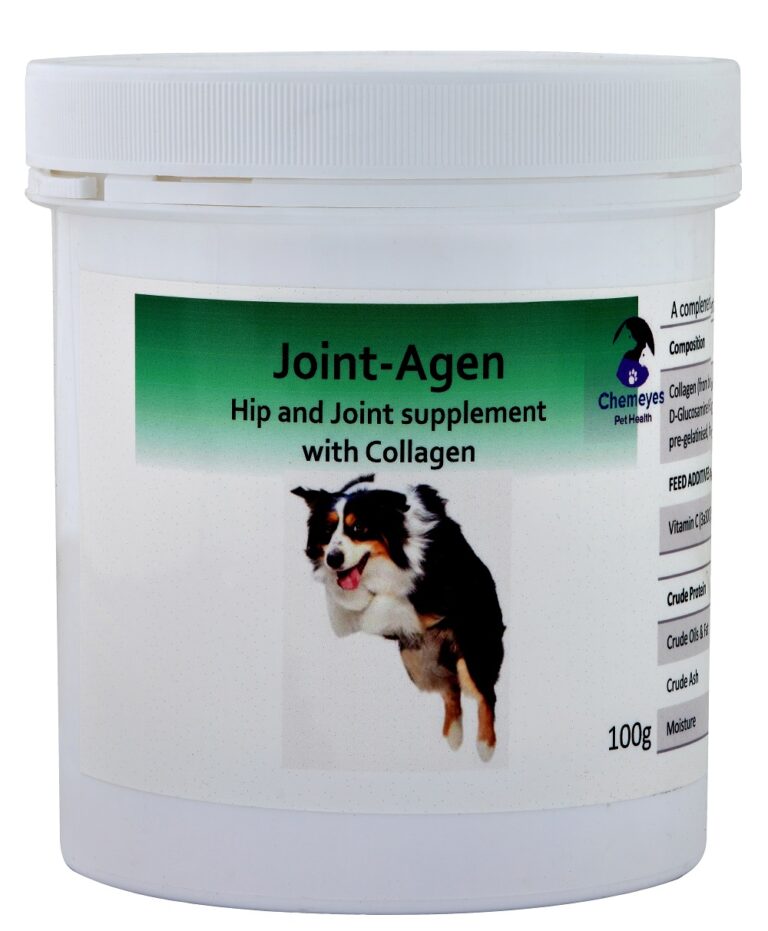Tips and Tricks on Brushing Your Dog’s Teeth
Most dog owners don’t brush their dog’s teeth, but it’s a task you shouldn’t ignore. Maintaining good dental hygiene is important to ensure your dog remains happy and healthy. Improper dental care can cause bad breath, gingivitis, and tooth decay. These issues can be detrimental to your dog’s health in the long run, so it is important to make sure you look after your dog’s mouth.
Chews
Dental chews, dry food, and hard plastic toys can help scrape off the plaque on your dog’s teeth, but not as much as brushing can. Brushing also allows you to check the condition of your dog’s mouth and teeth, which means you’ll be able to check if something doesn’t look quite right. Reaching inside your dog’s mouth with a toothbrush seems like a long and frustrating chore, but you can make it much simpler. Joint-Able is a great chew for helping to clean teeth and will keep their joint’s healthy at the same time.
Here are some tips on how to brush your dog’s teeth:
Make sure you brush your dog’s teeth when it is already relaxed. After a walk is usually ideal as your dog is less energetic and more likely to sit still. Using a toothbrush specifically made for dogs is preferred as the bristles are less rough and the handle is angled – this makes it easier to fit inside your dog’s mouth! In addition to a doggy toothbrush, toothpaste made for dogs is crucial. Human toothpaste can often contain chemicals not suitable for dogs, and their flavours are much too harsh. Dog-friendly toothpaste typically come in flavours your dog enjoys, such as chicken and peanut butter.
Position
When you are ready to brush your dog’s teeth, make sure you position yourself appropriately. Standing over your dog is seen as intimidating, as is forcing your dog down. To help alleviate your dog’s anxiety, lower yourself down to its level, or sit down in front of it. If your dog gets too stressed and upset, stop immediately and try again later. You’ll only make it harder for yourself if you force your dog to have its teeth brushed when it’s uneasy. Your dog will also associate having its mouth touched with a bad experience, which is definitely something you want to avoid.
You can gradually build your dog up to having its teeth brushed. Start off by allowing your dog to lick some (dog-safe) toothpaste off your finger. This will help your dog recognise the taste and texture of it when you move onto future steps. After a few days of doing this, you can begin to use the toothbrush. Gently move the bristles along your dog’s gumline in a circular fashion. This will massage your dog’s gums whilst also removing some plaque. You might notice your dog’s gums bleed, but this is normal and should diminish the more times you brush your dog’s teeth.
Only 2 minutes
Brushing for around two minutes is what you’ll want to aim for. Gradually build up to this to ensure your dog doesn’t get overly stressed. If your dog has relatively healthy teeth, then you may only need to brush your dog’s teeth a couple of times per week. However, if your dog has a lot of tartar build-up, then brushing daily might be more ideal.




